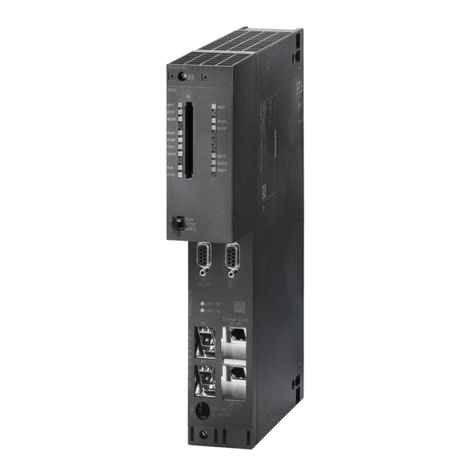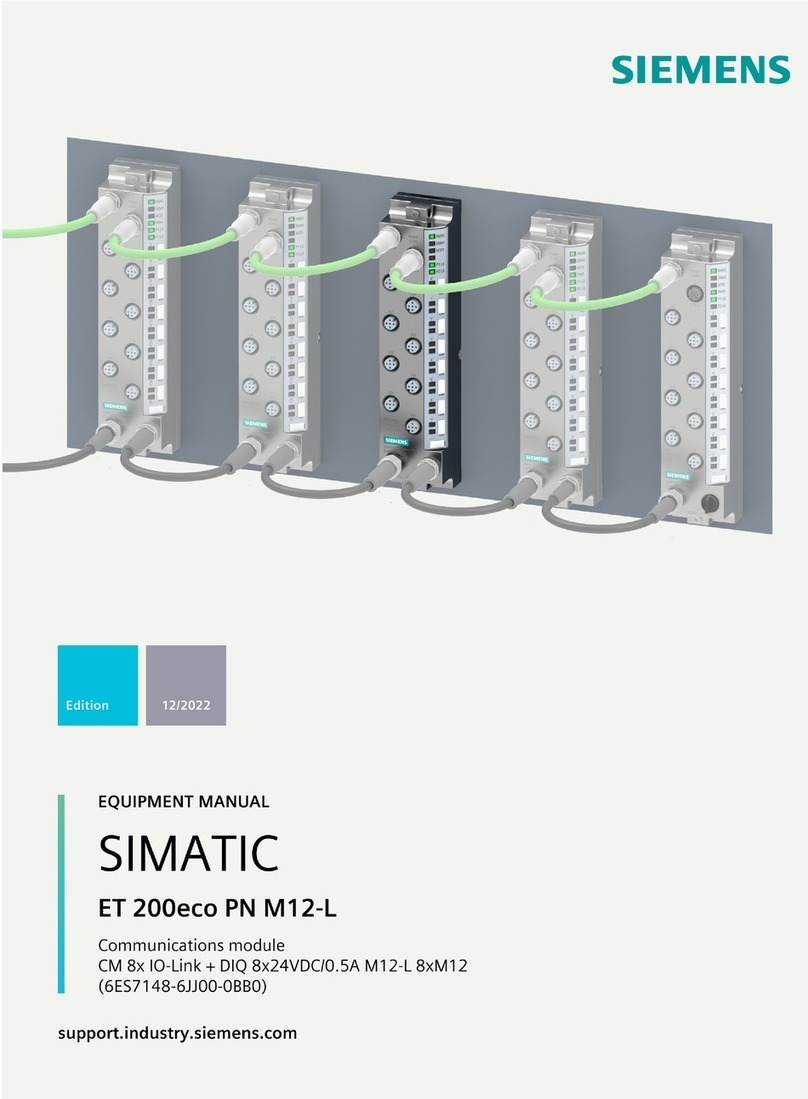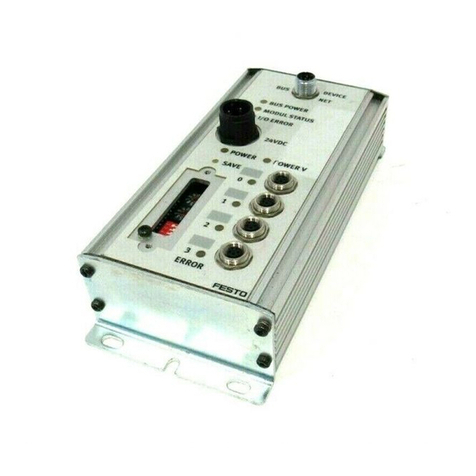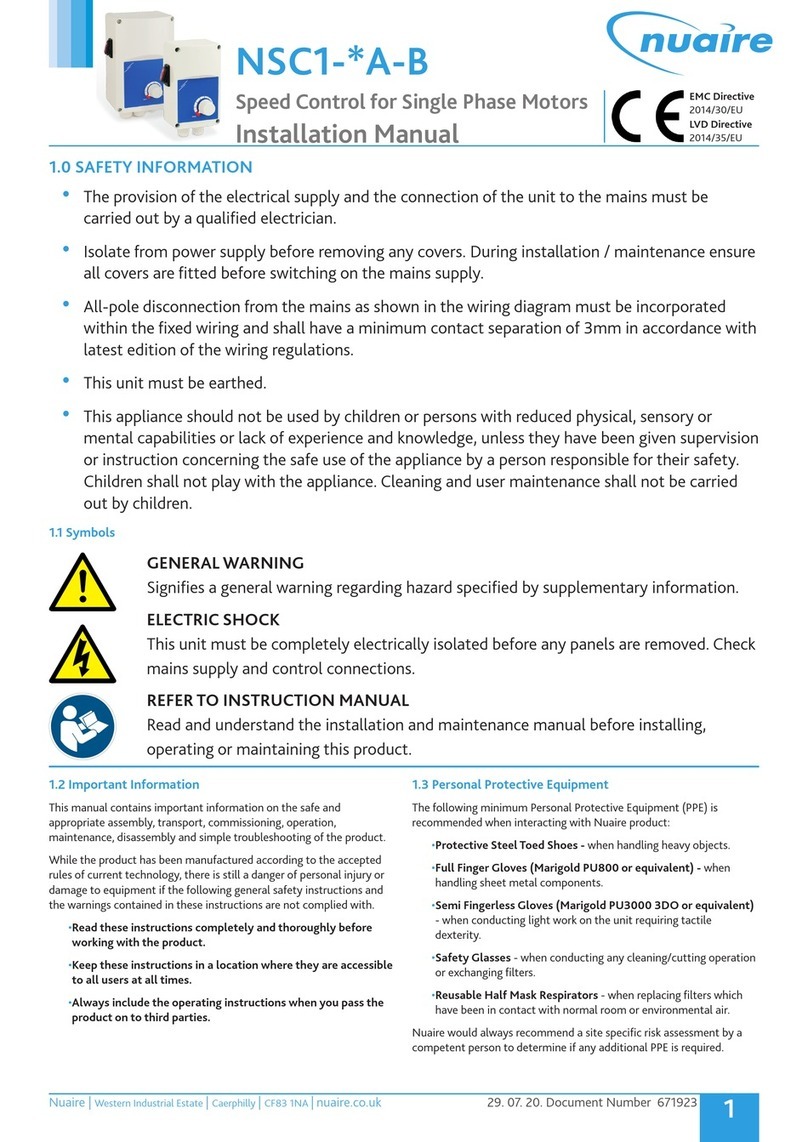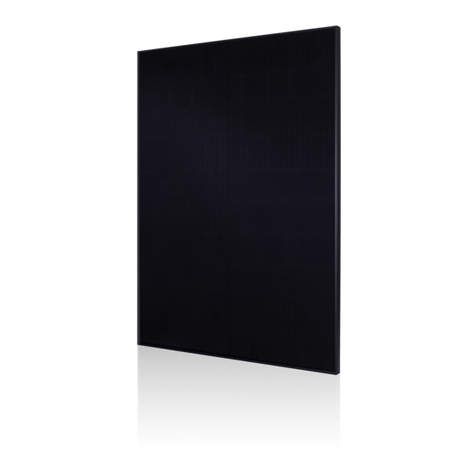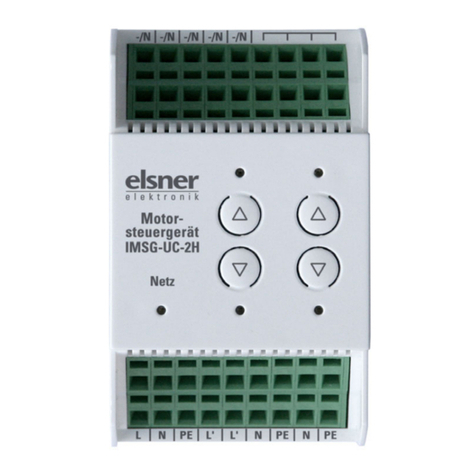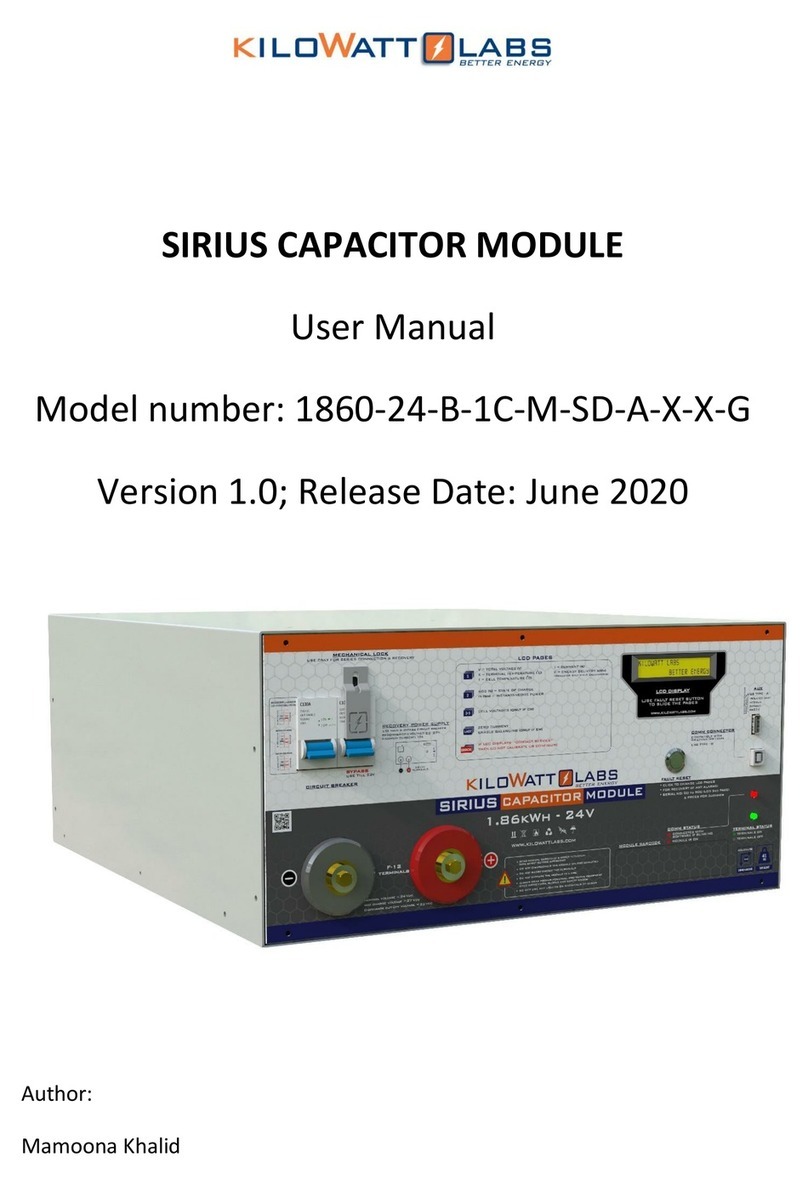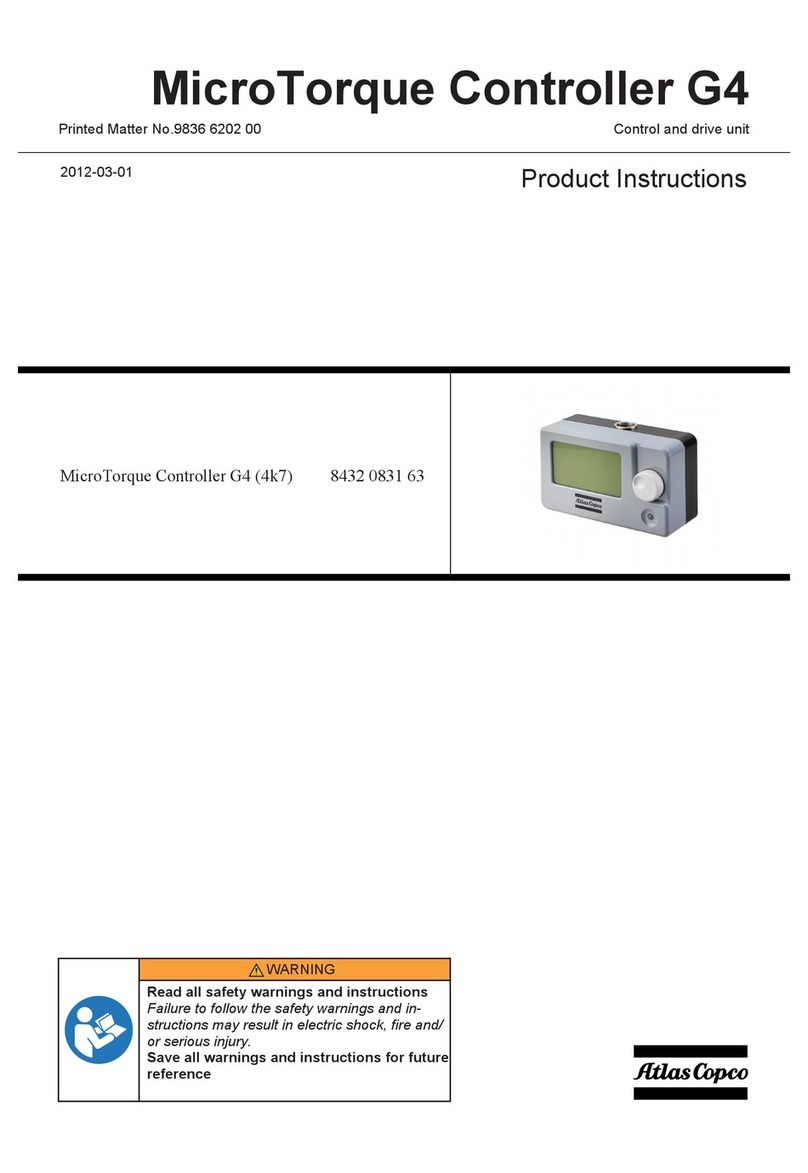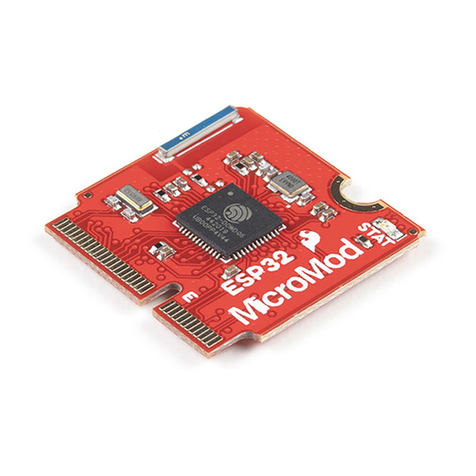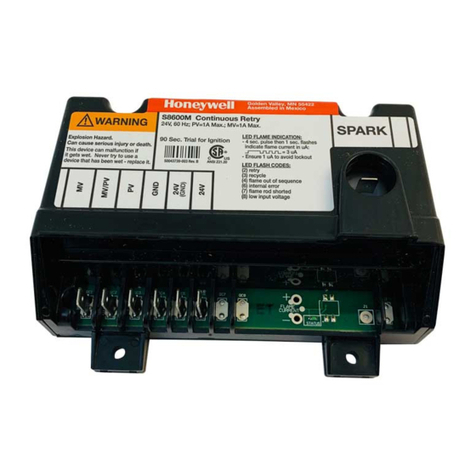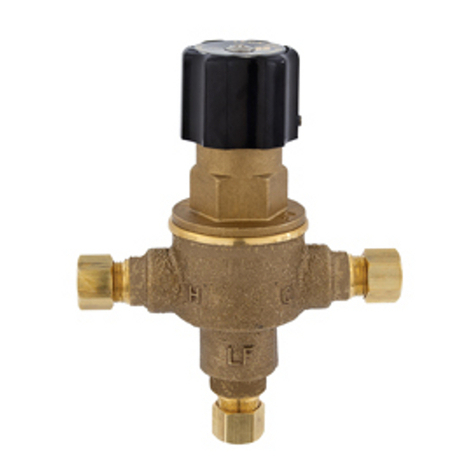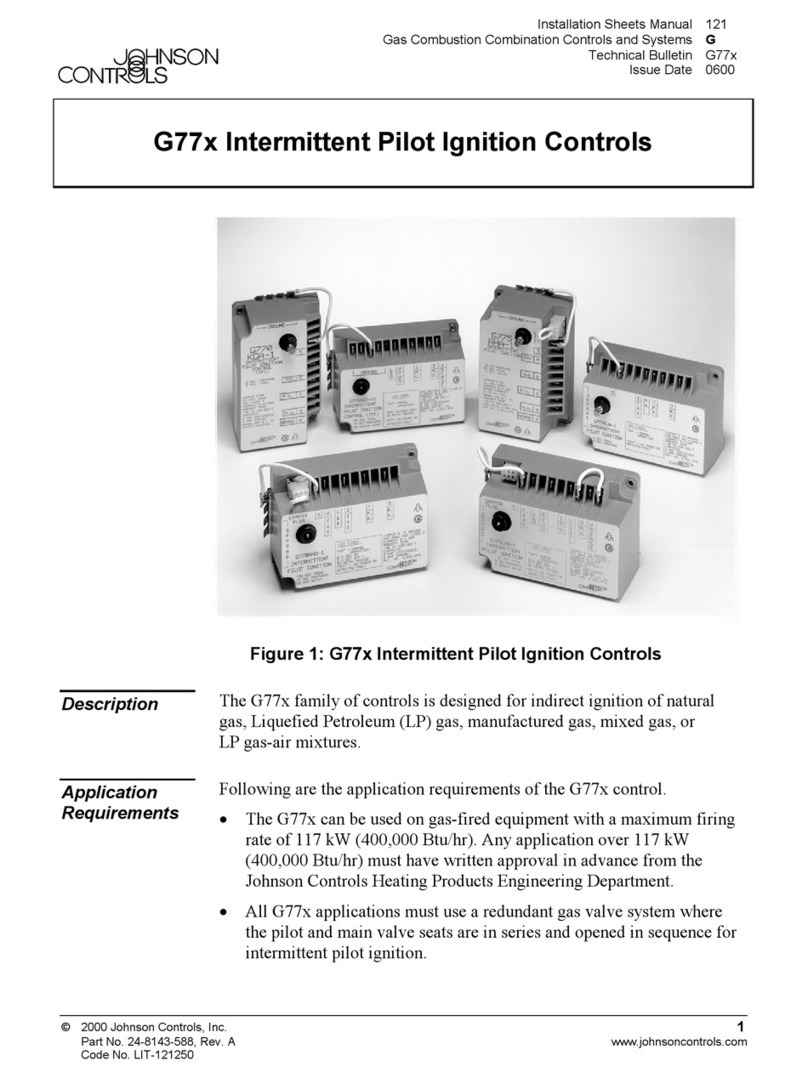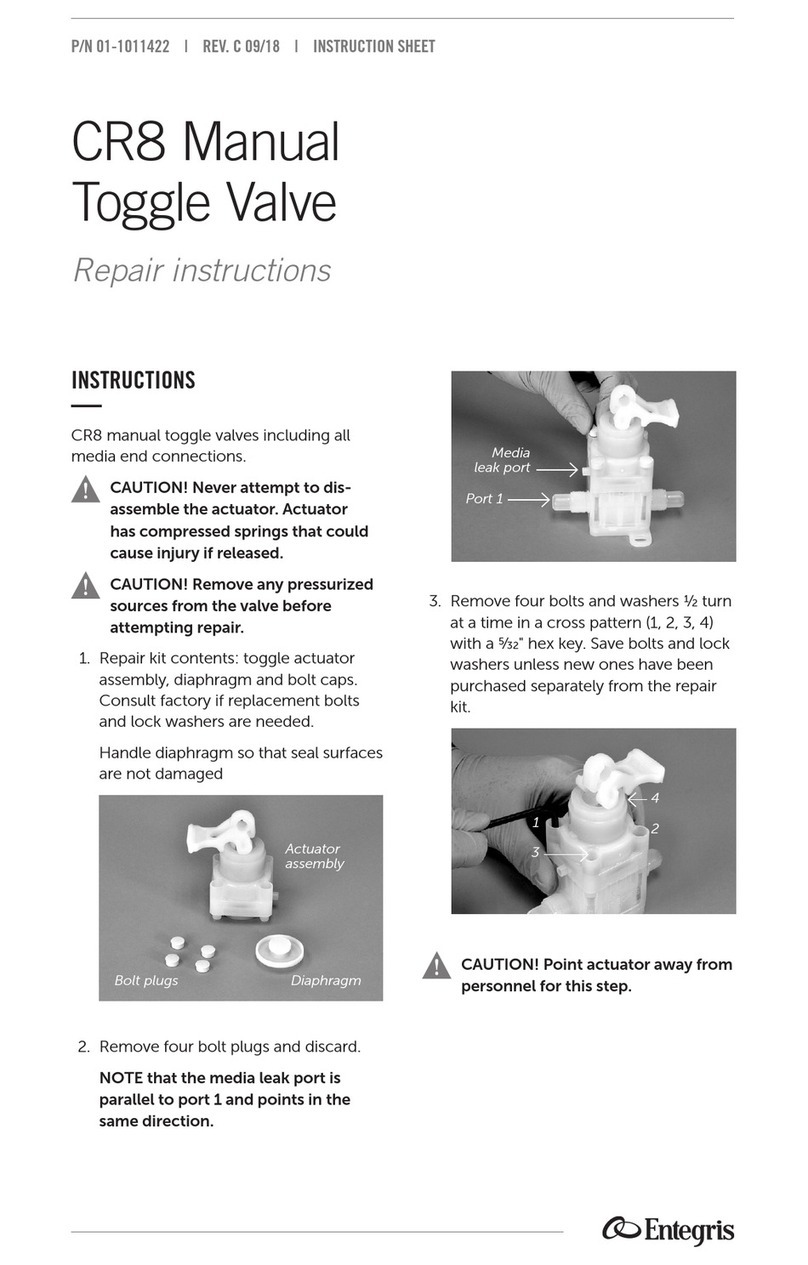
FERGUSON.COM/PROSELECT
Distributed Exclusively by Ferguson and Wolseley Canada
©2021 Ferguson Enterprises, LLC 0621 2944469
4
Perform Gas Leak Test
WARNING
Fire or Explosion Hazard.
Can cause severe injury, death or property damage.
Check for gas leaks with soap and water solution any time work is
done on a gas system.
CAUTION
Water Damage Hazard.
Can damage electrical components in the unit.
Do not spray soap and water solution on the unit housing. Do not use
an excessive amount of soap and water to perform the gas leak test.
Gas Leak Test
1. Paint pipe connections upstream of the water heater control with a rich
soap and water solution. Bubbles indicate a gas leak.
2. If a leak is detected, tighten the pipe connection.
3. Stand clear of the burner while lighting to prevent injury caused from hidden
leaks that could cause flashback in the appliance burner compartment.
4. With the burner in operation, paint the pipe joints (including adapters) and
the control inlet and outlet with a rich soap and water solution.
5. If another leak is detected, tighten the adapter screw, joints and
pipe connections.
6. Replace the part(s) if a leak cannot be stopped.
Check the gas input and burner flow rate
WARNING
Fire or Explosion Hazard.
Can cause severe injury, death or property damage.
Follow these warnings exactly:
1. Do not exceed input rating stamped on appliance nameplate or
manufacturer-recommended burner orifice pressure for size of orifice(s)
used. Follow instructions of appliance manufacturer.
2. IF CHECKING GAS INPUT BY CLOCKING GAS METER: Make certain there is
no gas flow through the meter other than to the appliance being checked.
Other appliances must remain off with the pilots extinguished (or that
consumption must be deducted from the meter reading). Convert flow rate
to Btuh as described in form number 70-2602, Gas Controls Handbook, and
compare to Btuh input rating on appliance nameplate.
3. IF CHECKING GAS INPUT WITH MANOMETER: Make sure the manual gas
shutoff switch is in the OFF position before removing outlet pressure tap
plug to connect the manometer (pressure gauge). Move the manual gas
shutoff switch to the OFF position when removing the gauge and replacing
the plug. Shut off gas supply before disconnecting manometer and replacing
plug. Repeat Gas Leak Test at plug with main burner operating.
Procedure to check the gas input and
burner flow rate
1. Check the full rate manifold pressure listed on the appliance nameplate.
Water heater control full rate outlet pressure should match this rating.
2. With burner operating, check the water heater control flow rate using the
meter clocking method or check pressure using a manometer connected to
the outlet pressure tap on the water heater control. See Fig. 5.
MAINTENANCE
WARNING
Fire or Explosion Hazard. Can cause severe injury, death or
property damage.
Do not attempt to take apart or clean the gas valve inside the unit
control. Improper cleaning or reassembly can cause gas leakage.
The maintenance program should include regular checkout of the control
as outlined in the Startup and Checkout section and the control system as
described in the appliance manufacturer literature.
Maintenance frequency must be determined individually for each application.
Some considerations are:
1. Cycling frequency. Appliances that may cycle 10,000 times annually should
be checked monthly.
2. Intermittent use. Appliances that are used seasonally should be checked
before shutdown and again before the next use.
3. Consequence of unexpected shutdown. Where the cost of an unexpected
shutdown would be high, the system should be checked more often.
4. Dusty, wet or corrosive environment. Since these environments can cause
the control to deteriorate more rapidly, the system should be checked
more often.
The system should be replaced if:
• It does not perform properly on checkout or troubleshooting.
• The control is likely to have operated for more than 150,000 cycles.
• The control is wet or looks as if it has been wet.
!
!
!
!








